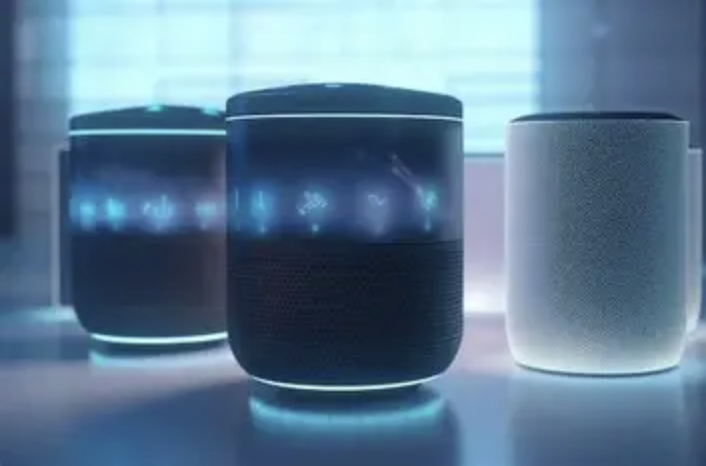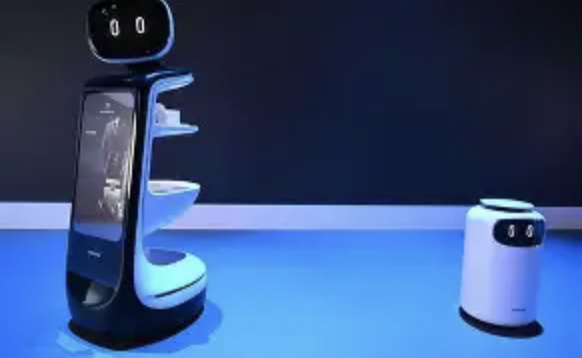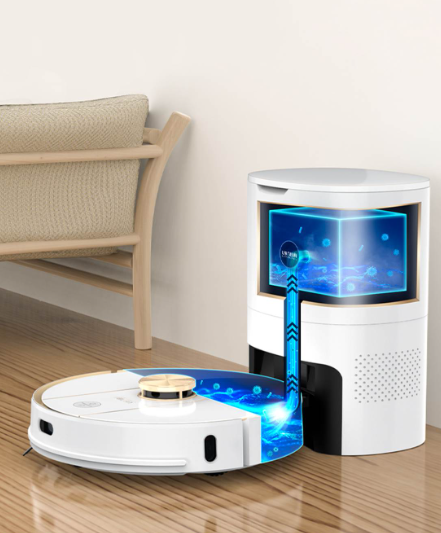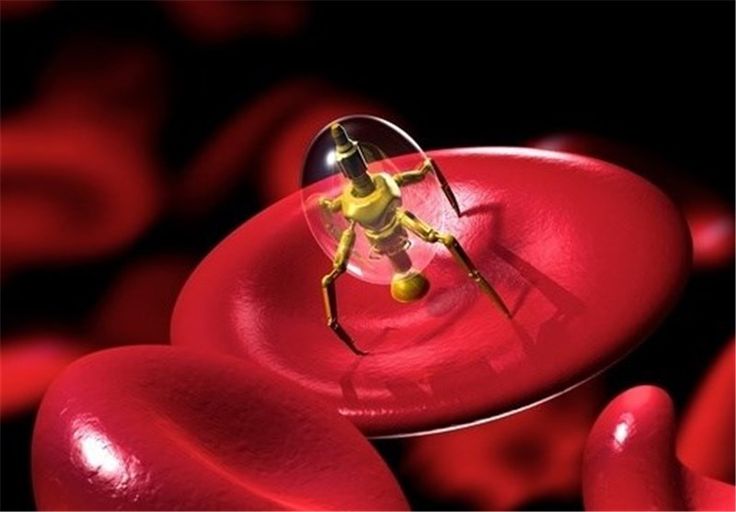Superconducting Applications Race: From Magnetic Levitation to Quantum Grids
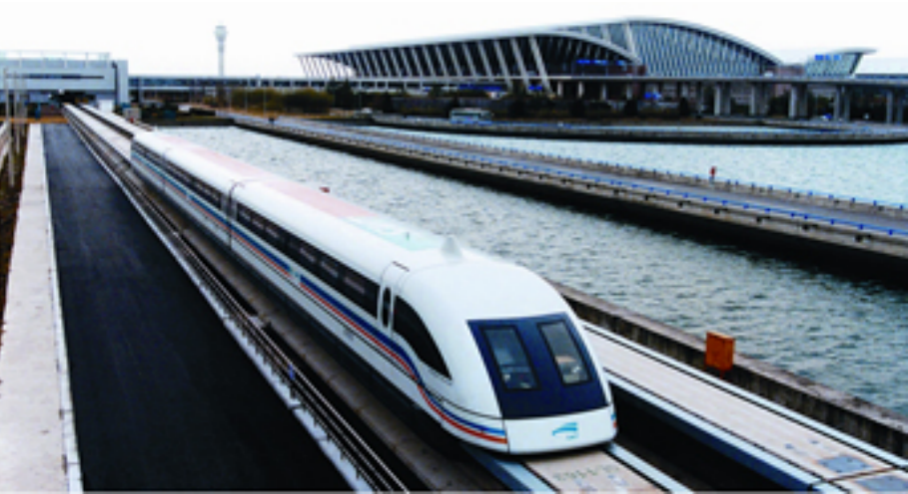
The race to commercialize high-temperature superconductors (HTSs) has shifted into high gear in 2025, driven by a game-changing material: nickel-based superconductors. Unlike their copper-based predecessors, which require extreme pressure or ultra-cold cooling, nickel-based HTS operates at 40.2 Kelvin (-232.95°C) under ambient pressure—a breakthrough that slashes infrastructure costs and unlocks mass-market potential. Now, global giants are racing to turn this lab innovation into real-world tech, with Germany’s Siemens leading the charge in magnetic levitation (maglev) trains, while energy and quantum firms explore its use in next-gen grids and computing.
Siemens’ announcement in June 2025 of a nickel-based maglev prototype marks a pivotal moment for transportation. The project, backed by a thirty million United States dollars investment from the German Federal Ministry for Digital and Transport, aims to address the biggest flaws of current maglev systems: high cost and energy use. Traditional maglev trains (like Japan’s JR-Maglev) rely on low-temperature superconductors (LTS) that need liquid helium cooling—costing up to two hundred thousand United States dollars per kilometer of track to maintain. Siemens’ design swaps LTS for nickel-based HTS, which uses commercial closed-cycle refrigerators (far cheaper than liquid helium) and cuts operational costs by 35%. Early simulations show the prototype will reach speeds of 500 kilometers per hour—faster than most high-speed rail—while using 40% less energy than Japan’s current maglev. “This isn’t just a faster train,” says Dr. Elena Weber, head of Siemens’ Rail Innovation Lab. “It’s a sustainable one—nickel-based superconductors make maglev affordable enough to replace short-haul flights in Europe by 2030.”
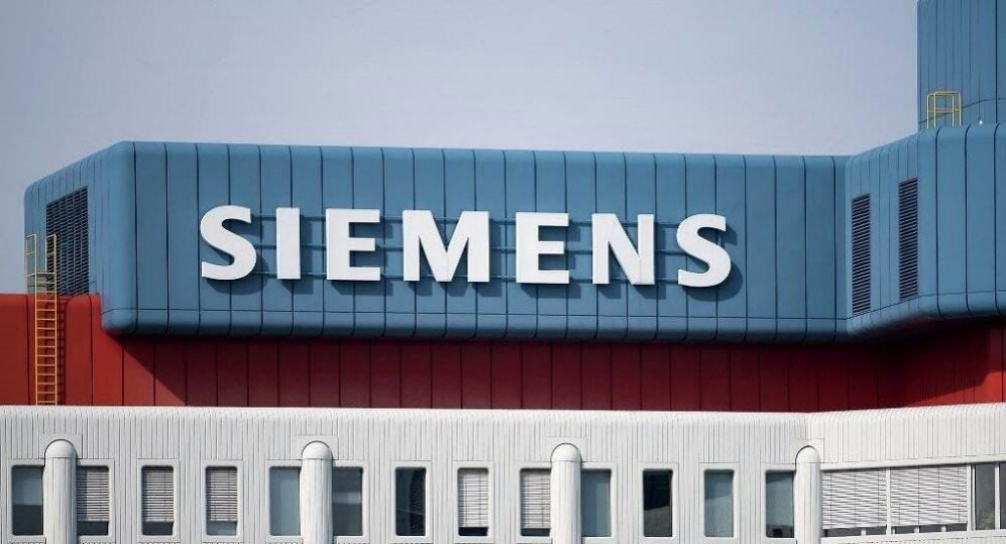
Beyond transportation, nickel-based HTS is reshaping energy grids. The U.S. utility Duke Energy and China’s State Grid both launched pilot projects in Q2 2025 to test nickel-based superconducting cables for power transmission. Conventional grids lose 5–7% of electricity to resistance, but superconducting cables eliminate this loss entirely. Duke’s pilot, spanning ten kilometers in North Carolina, uses nickel-based tapes wrapped in flexible metal substrates—solving the material’s earlier brittleness issue. Initial data shows the cables can carry three times more current than copper wires, with maintenance costs 60% lower than copper. For grid operators, this translates to savings of millions of United States dollars annually and a faster path to decarbonization.
Quantum computing is another front in the applications race. IBM, which has long relied on niobium (an LTS) for its quantum processors, announced in July 2025 that it will test nickel-based HTS in its next-gen qubits. The material’s higher Tc (40K vs. niobium’s 9.2K) means qubits can operate with smaller, cheaper refrigerators—reducing the size of quantum computers from room-sized to cabinet-sized. “Quantum computing has been stuck in labs because of cooling demands,” says Dr. Raj Patel, IBM’s Quantum Hardware Lead. “Nickel-based superconductors could put quantum power in factories and hospitals by 2028.”
Challenges remain. Scaling nickel-based HTS production to meet demand—for both maglev tracks and grid cables—requires solving supply chain bottlenecks; currently, the material’s key component (yttrium-doped nickel oxide) is produced by only three firms globally. Siemens and Duke Energy are partnering with European chemical giant BASF to build a new production plant in Germany, set to open in 2026, which will triple global supply. There’s also competition: U.S.-based startup Superconductor Technologies is developing a rival nickel-iron HTS, claiming it can reach 45K under ambient pressure.
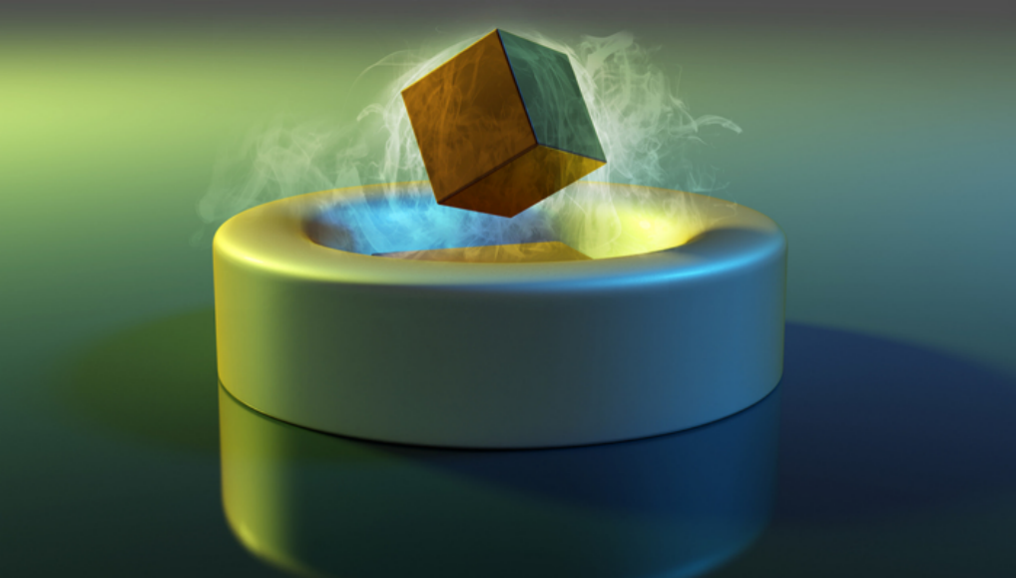
As 2025 unfolds, the superconducting applications race isn’t just about tech dominance—it’s about building a more efficient, low-carbon future. Siemens’ maglev prototype, Duke’s grid cables, and IBM’s quantum tests all point to one truth: nickel-based HTS is no longer a lab curiosity. It’s the material that could finally make superconductivity a part of daily life—from the trains we ride to the electricity we use, and the quantum tools that solve our biggest problems. In this race, the winner isn’t just a company or country—it’s anyone seeking a more sustainable world.
(Writer:Ciki)

